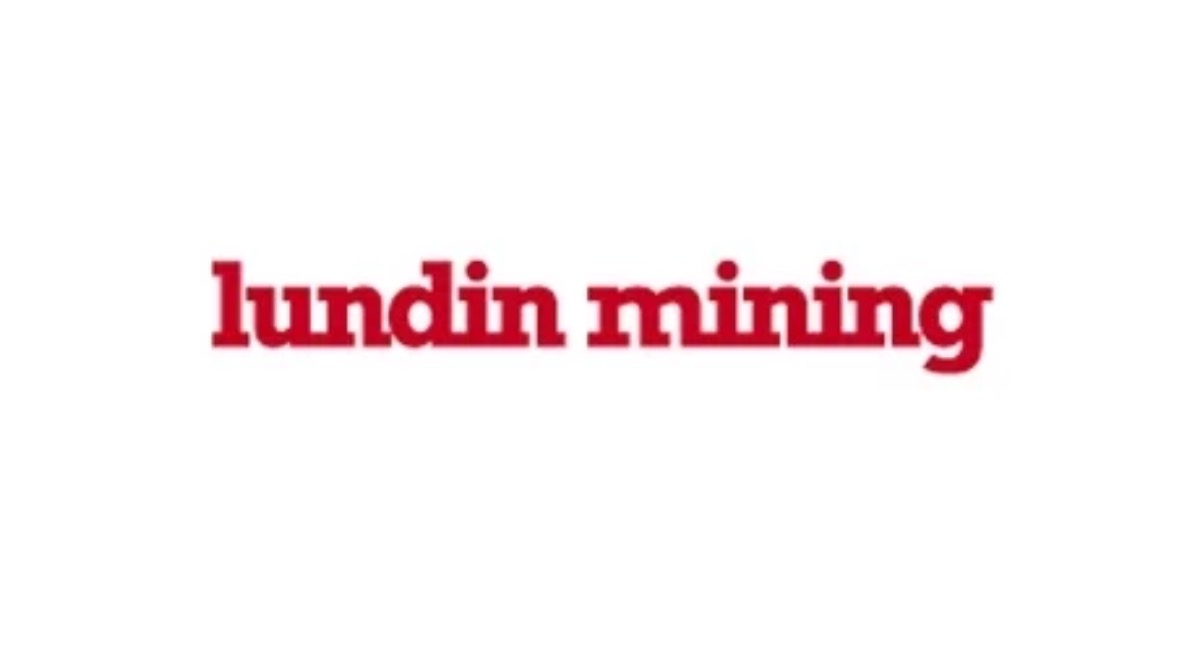by Dina Ting, CFA, Head of Global Index Portfolio Management, Franklin Templeton
As President Trump’s revamp of the “America First” approach continues to roll out new or enhanced incentives and subsidies to boost domestic manufacturing, US mid-capitalization industrial firms appear to be capturing upside from such pro-growth policies. As key beneficiaries of renewed emphasis on US competitiveness, we believe mid-caps—often nimbler and more adaptive than their larger counterparts—are uniquely positioned to capitalize on growing demand for American-made goods and infrastructure solutions in a reshoring and energy independent economic landscape. With targeted tax breaks, deregulation and a focus on domestic production, these companies represent what we consider an attractive growth opportunity. In our opinion, this segment may be particularly of interest for investors seeking to diversify portfolios into the evolving strength of the US industrial sector.
Industrials currently comprise nearly 22% of the US mid-cap segment (as measured by the S&P Midcap 400 Index) compared to just about 8.5% for the S&P 500 Index.1 This sector weighting positions midcaps to benefit significantly from the anticipated infrastructure boom, as the US Congressional Budget Office noted in a report last year that infrastructure investment is expected to add up to US$800 billion to US$1 trillion in gross domestic product (GDP) growth by 2033, with significant contributions coming from transportation, energy and technology-related projects.2
A market in transition
The US equity market has undergone a remarkable transformation over the past decade. Big tech dominance has reached unprecedented levels. Just 155 stocks in the S&P 500 now represent the top 70% of market capitalization—down from 274 companies a decade ago.3 The rise of mega-cap technology firms has largely fueled this shift, with the Magnificent Seven4 now each exceeding US$1 trillion in market value.
Yet this very concentration may be creating opportunities elsewhere. As institutional and retail investors have crowded into the largest names, we believe the middle tier of the market has become increasingly overlooked. The mid-cap universe itself has contracted from more than 620 to about 410 constituents since 2015,5 creating a more selective but potentially rewarding opportunity set for discerning investors, in our analysis. Furthermore, the historical tendency for market leadership to rotate over time suggests that the decade-long dominance of mega-caps may not persist indefinitely.
While the mid-cap index has underperformed large caps year-to-date, it has maintained relative strength versus smaller companies. US midcaps outperformed small caps over the three-, five- and 10-year periods through mid-2025.6 Zooming out further reveals that the annualized return for midcaps (9.27%) has outperformed that of small caps (8.98%) and large caps (7.96%) since June 2000.7 What’s more, they outperformed large caps 65% of the time in 301 months (from June 2000 to June 2025) for monthly five-year rolling periods.8
S&P Large-Cap, Mid-Cap and Small-Cap Price Returns
June 30, 2000–June 30, 2025

Source: Bloomberg, as of June 30, 2025. Large Cap = S&P 500. Mid Cap = S&P MidCap 400. The S&P MidCap 400 provides investors with a benchmark for mid-sized companies. The index, which is distinct from the large-cap S&P 500, is designed to measure the performance of 400 mid-sized companies, reflecting the distinctive risk and return characteristics of this market segment. Small Cap = S&P SmallCap 600. The The S&P SmallCap 600 seeks to measure the small-cap segment of the US equity market. The index is designed to track companies that meet specific inclusion criteria to ensure that they are liquid and financially viable. Past performance is not an indicator or a guarantee of future performance. Indexes are unmanaged and one cannot invest directly in an index. Important data provider notices and terms available at www.franklintempletondatasources.com.
We believe the mid-cap space represents a compelling intersection of opportunity and transition. It includes fast-growing companies that were small caps not long ago, fallen large caps working through temporary challenges and spinoffs creating new independent entities. We see this dynamic creating a constantly evolving landscape of investment possibilities.
Capital spending on artificial intelligence (AI) from “Big Tech” is fueling demand downstream, benefiting industrial and tech-adjacent midcaps. In our opinion, mid-cap stocks tied to AI infrastructure, data-center components or automation technology are well-positioned to benefit from this broader wave of investment.
Overall, mid-cap firms are also rapidly adopting AI out of necessity, with high integration and significant operational value. According to a recent AI survey, generative AI adoption has surged to 91% among middle-market companies—up from 77% last year—indicating that AI capabilities have become standard operational tools that are expected to propel this segment of firms.9 Being smaller, midcaps can adapt quickly and leverage leaner structures to drive innovation. We believe this positions them for potential sustained growth and competitiveness in an AI-driven economy.
Valuations and opportunity
Current market conditions have also created a notable valuation dispersion. Midcaps currently trade at nearly a 31% discount to large caps on a price-to-earnings (P/E) basis.10 For investors with a longer-term horizon, we believe this valuation divergence may represent a compelling entry point into overlooked quality companies that have been overshadowed by the market’s focus on mega-cap names.
From a portfolio construction standpoint, we believe midcaps offer unique characteristics that can be particularly valuable in our economic environment where adaptability and operational efficiency become competitive advantages. A dedicated mid-cap allocation can allow investors to more precisely target this segment and potentially benefit from any rotation away from mega-cap concentration.
For investors considering mid-cap exposure, indexed strategies—including those using a multifactor approach—delivered through broadly diversified exchange-traded funds (ETFs) can offer an efficient way to access this segment without the need for individual stock selection. By emphasizing specific factors such as quality, value and momentum, multifactor strategies aim to deliver improved risk-adjusted returns over time.
We believe that for investors looking beyond the market’s current favorites, mid-cap stocks represent a compelling opportunity and a source of differentiated returns and risk exposure that may offer an appealing alignment with the current “made in America” narrative while potentially benefiting from more attractive valuations and growth drivers.
Endnotes
- Source: Bloomberg, July 15, 2025. The S&P MidCap 400 provides investors with a benchmark for mid-sized companies. The index, which is distinct from the large-cap S&P 500, is designed to measure the performance of 400 mid-sized companies, reflecting the distinctive risk and return characteristics of this market segment. Past performance is not an indicator or a guarantee of future performance. Indexes are unmanaged and one cannot invest directly in an index. Important data provider notices and terms available at www.franklintempletondatasources.com.
- Source: US Congressional Budget Office, “The Economic Effects of Infrastructure Investment.” US Congressional Budget Office. 2024.
- Source: Morningstar, June 30, 2025.
- The Magnificent Seven comprises Alphabet, Amazon, Apple, Meta, Microsoft, NVIDIA and Tesla.
- Ibid.
- Ibid.
- Source: Bloomberg, as of June 30, 2025. Large Cap = S&P 500. Mid Cap = S&P MidCap 400. The S&P MidCap 400 provides investors with a benchmark for mid-sized companies. The index, which is distinct from the large-cap S&P 500, is designed to measure the performance of 400 mid-sized companies, reflecting the distinctive risk and return characteristics of this market segment. Small Cap = S&P SmallCap 600. The S&P SmallCap 600 seeks to measure the small-cap segment of the US equity market. The index is designed to track companies that meet specific inclusion criteria to ensure that they are liquid and financially viable. Past performance is not an indicator or a guarantee of future performance. Indexes are unmanaged and one cannot invest directly in an index. Important data provider notices and terms available at www.franklintempletondatasources.com.
- Sources: Bloomberg and Franklin Templeton Global Research Library calculations.
- Source: “RSM 2025 AI Survey: Middle Market Firms Rapidly embracing Generative AI, But Expertise Gaps Pose Risks.” RSM. June 11, 2025.
- Source: Bloomberg, as of July 16, 2025.
WHAT ARE THE RISKS?
All investments involve risks, including possible loss of principal.
Equity securities are subject to price fluctuation and possible loss of principal. Small- and mid-cap stocks involve greater risks and volatility than large-cap stocks.
Diversification does not guarantee a profit or protect against a loss.
ETFs trade like stocks, fluctuate in market value and may trade above or below the ETF’s net asset value. Brokerage commissions and ETF expenses will reduce returns. ETF shares may be bought or sold throughout the day at their market price on the exchange on which they are listed. However, there can be no guarantee that an active trading market for ETF shares will be developed or maintained or that their listing will continue or remain unchanged. While the shares of ETFs are tradable on secondary markets, they may not readily trade in all market conditions and may trade at significant discounts in periods of market stress.
Any companies and/or case studies referenced herein are used solely for illustrative purposes; any investment may or may not be currently held by any portfolio advised by Franklin Templeton. The information provided is not a recommendation or individual investment advice for any particular security, strategy, or investment product and is not an indication of the trading intent of any Franklin Templeton managed portfolio.
WF: 6293070
Copyright © Franklin Templeton















